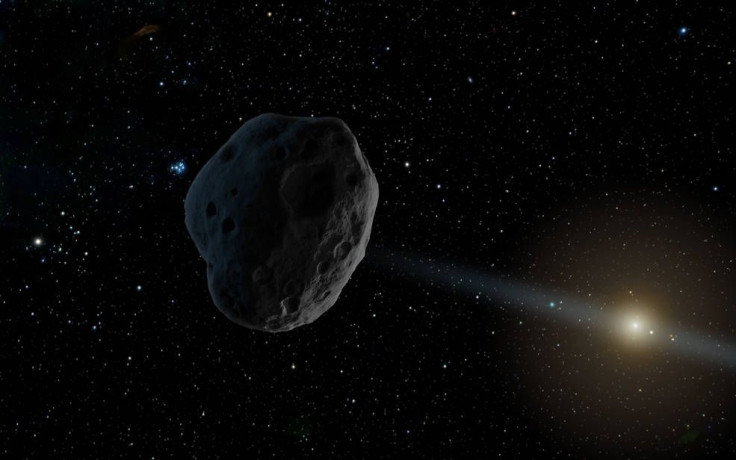NASA's NEOWISE Mission Finds Two Objects That Will Fly-By Earth Soon

NASA's NEOWISE mission has recently discovered some celestial objects traveling through our neighborhood, but at a comfortable distance, giving space-nuts across the world the first taste of what the 2018 skies have to offer.
The comet and asteroid-hunting division of NASA detected what they called 2016 WF9 and C/2016 U1 NEOWISE. The latter is the larger of the two space objects. It has a diameter between 0.3 to 0.6 miles and has low reflective qualities.
2016 WF9 will approach Earth's orbit on Feb. 25 at a distance of nearly 32 million miles from Earth. The team says it will be visible with telescopes and will make for a great space show. The trajectory of 2016 WF9 has been plotted by the team and the researchers say that even its future trajectory is not a threat to Earth. The team also said that it is hard for researchers to pin-point whether it is a comet or asteroid.
It even lacks the telltale signs of a comet like the trail of luminous dust particles that is visible behind comets as they fly past the Sun.
The second object, C/2016 U1 NEOWISE, is more clearly a comet. According to NASA, it has all the signs and was found releasing dust as it neared the sun.
This comet, C/2016 U1 NEOWISE, "has a good chance of becoming visible through a good pair of binoculars, although we can't be sure because a comet's brightness is notoriously unpredictable," said Paul Chodas, manager of NASA's Center for Near-Earth Object (NEO) Studies at the Jet Propulsion Laboratory in Pasadena, California in a NASA release.
From the northern hemisphere, the comet will be visible all through the first week of 2017. It will be visible in the southeastern sky during the same period shortly before dawn.
It is moving farther south each day and it will reach its closest point to the sun, inside the orbit of Mercury, on Jan. 14. It will then move away to the outer reaches of the solar system for an orbit lasting thousands of years. While it will be visible to skywatchers on Earth, it is not considered a threat to our planet either.
NEOWISE's infrared detectors use the light bouncing off Near-Earth objects (NEOs), which absorb most of the light that falls on them and re-emit that energy at infrared wavelengths. This enables it to study both dark and light objects with equal clarity.
"These are quite dark objects," said NEOWISE team member Joseph Masiero. "Think of new asphalt on streets; these objects would look like charcoal, or in some cases are even darker than that."
NEOWISE data was used to measure the size of each of these near-Earth objects and also plot its future orbit distances from Earth.
NEOWISE has discovered 31 asteroids till now that pass within about 20 lunar distances from Earth's orbit, and 19 are more than 460 feet (140 meters) in size but reflect less than 10 percent of the sunlight that falls on them.
The Wide-field Infrared Survey Explorer (WISE) has completed its seventh year in space after being launched on Dec. 14, 2009.
The NEOWISE project is the asteroid-hunting portion of the WISE mission and is funded by NASA's Planetary Science Division.
© Copyright IBTimes 2024. All rights reserved.











